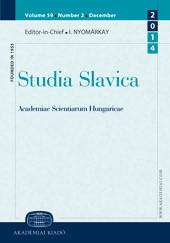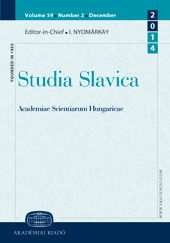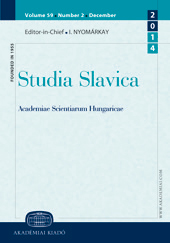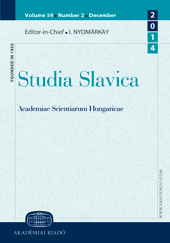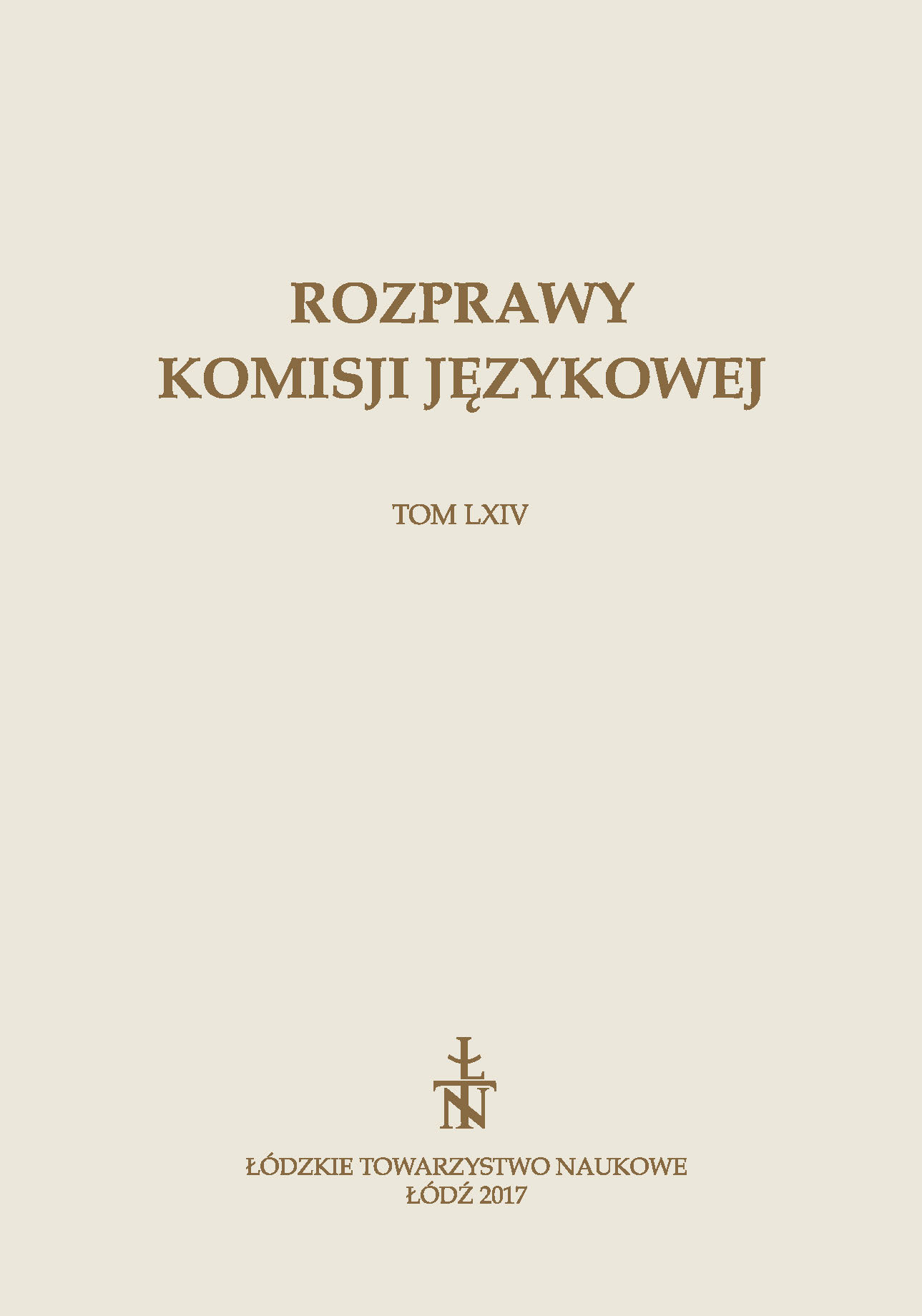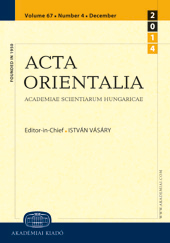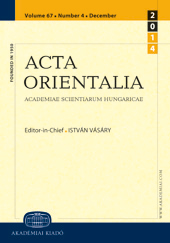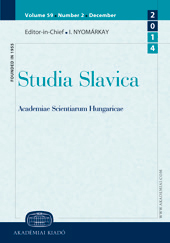Author(s): Éva Jeremiás,Éva Alaxai,Yuka Kadoi / Language(s): English
Issue: 3/2012
Reviews of:
1. The Ornament of Histories. A History of the Eastern Islamic Lands AD 650–1041. The Persian Text of Abū Sa῾īd ῾Abd al-Ḥayy Gardīzī. Translated and edited by C. EDMUND BOSWORTH. New York, I. B. Tauris & BIPS Persian Studies Series, 2011. (A Joint Publication with the British Institute of Persian Studies), (13), 169 pp.
by: Éva Jeremiás
2. Fażl Beyhaqi. Engl. tr. C. E. Bosworth, rev. Mohsen Ashtiany, 3 vols, New York, 2009; paperback ed. Boston, Ilex Foundation, Massachusetts and Centre for Hellenic Studies, Trustees for Harvard University, Washington, D.C., 2011.
by: Éva Jeremiás
3. MAURO MAGGI – PAOLA ORSATTI (eds): The Persian Language in History. Wiesbaden, Dr. Ludwig Reichert Verlag, 2011, 349 pp. (Beiträge zur Iranistik, Band 33.)
by: Éva Alaxai
4. IVÁN SZÁNTÓ: Safavid Art and Hungary: The Esterházy Appliqué in Context. Piliscsaba, The Avicenna Institute of Middle Eastern Studies, 2010, 213 pp., 124 illustrations. (Documenta et monographiae VII.)
by: Yuka Kadoi
More...
